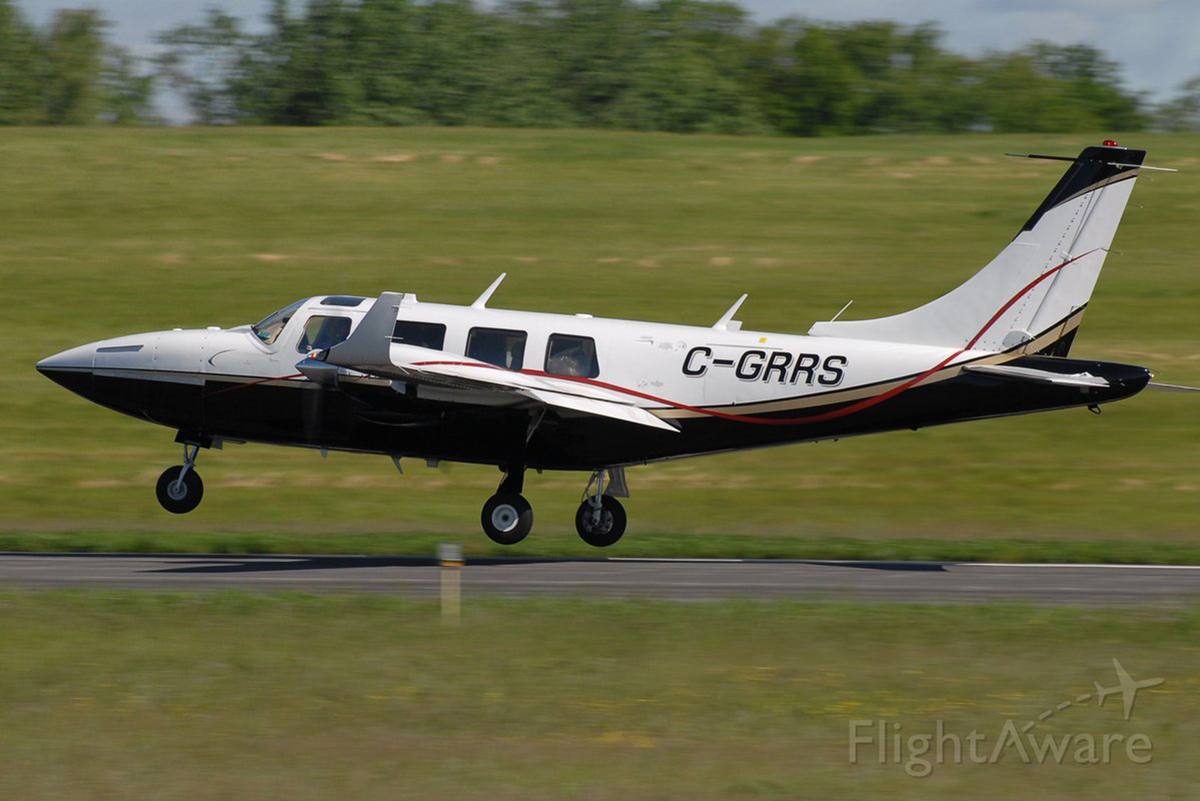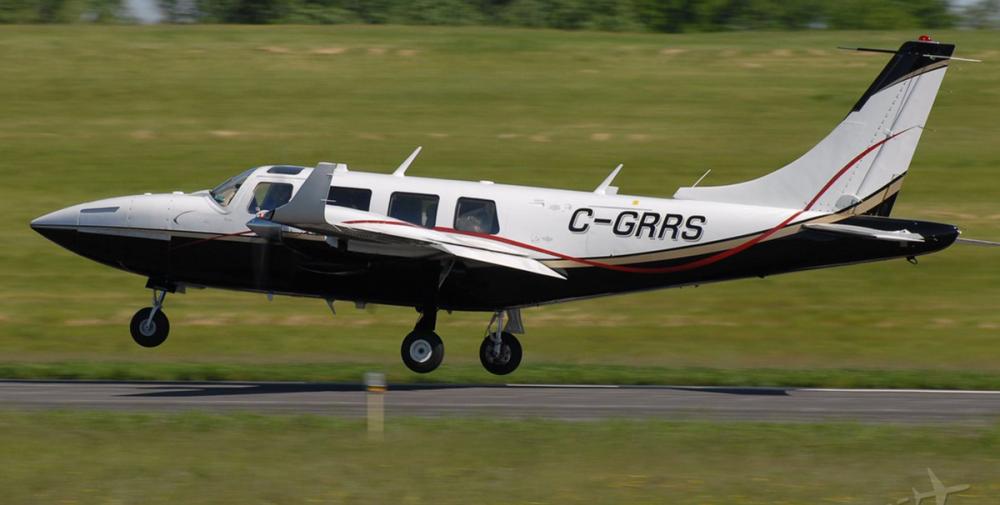Date & Time:
Jul 30, 2018 at 1044 LT
Type of aircraft:
Piper PA-60 Aerostar (Ted Smith 600)
Operator:
Joe Robertson
Registration:
C-GRRS
Flight Phase:
Landing (descent or approach)
Flight Type:
Private
Survivors:
No
Schedule:
Pembroke – Charlottetown
MSN:
60-8265-026
YOM:
1982
Country:
United States of America
Region:
North America
Crew on board:
1
Crew fatalities:
1
Pax on board:
2
Pax fatalities:
2
Other fatalities:
0
Total fatalities:
3
Captain / Total hours on type:
136
Aircraft flight hours:
4856
Circumstances:
The private pilot of the multiengine airplane was in cruise flight at 23,000 ft mean sea level (msl) in day visual meteorological conditions when he reported to air traffic control that the airplane was losing altitude due to a loss of engine power. The controller provided vectors to a nearby airport; about 7 minutes later, the pilot reported the airport in sight and stated that he would enter a downwind leg for runway 14. By this time, the airplane had descended to about 3,200 ft above ground level. Radar data indicated that the airplane proceeded toward the runway but that it was about 400 ft above ground level on short final. The airplane flew directly over the airport at a low altitude before entering a left turn to a close downwind for runway 21. Witnesses stated that the airplane's propellers were turning, but they could not estimate engine power. When the airplane reached the approach end of runway 21, it entered a steep left turn and was flying slowly before the left wing suddenly "stalled" and the airplane pitched nose-down toward the ground. Postaccident examination of the airplane and engines revealed no mechanical deficiencies that would have precluded normal operation at the time of impact. Examination of both propeller systems indicated power symmetry at the time of impact, with damage to both assemblies consistent with low or idle engine power. The onboard engine monitor recorded battery voltage, engine exhaust gas temperature, and cylinder head temperature for both engines. A review of the recorded data revealed that about 14 minutes before the accident, there was a jump followed by a decrease in exhaust gas temperature (EGT) and cylinder head temperature (CHT) for both engines. The temperatures decreased for about 9 minutes, during which time the right engine EGT data spiked twice. Both engines' EGT and CHT values then returned to normal, consistent with both engines producing power, for the remaining 5 minutes of data. It is possible that a fuel interruption may have caused the momentary increase in both engines' EGT and CHT values and prompted the pilot to report the engine power loss; however, the engine monitor did not record fuel pressure or fuel flow, and examination of the airplane's fuel system and engines did not reveal any mechanical anomalies. Therefore, the reason for the reported loss of engine power could not be determined. It is likely that the pilot's initial approach for landing was too high, and he attempted to circle over the airport to lose altitude. While doing so, he exceeded the airplane's critical angle of attack while in a left turn and the airplane entered an aerodynamic stall at an altitude too low for recovery.
Probable cause:
The pilot's exceedance of the airplane's critical angle of attack while maneuvering to land, which resulted in an aerodynamic stall.
Final Report:
C-GRRS.pdf147.75 KB

